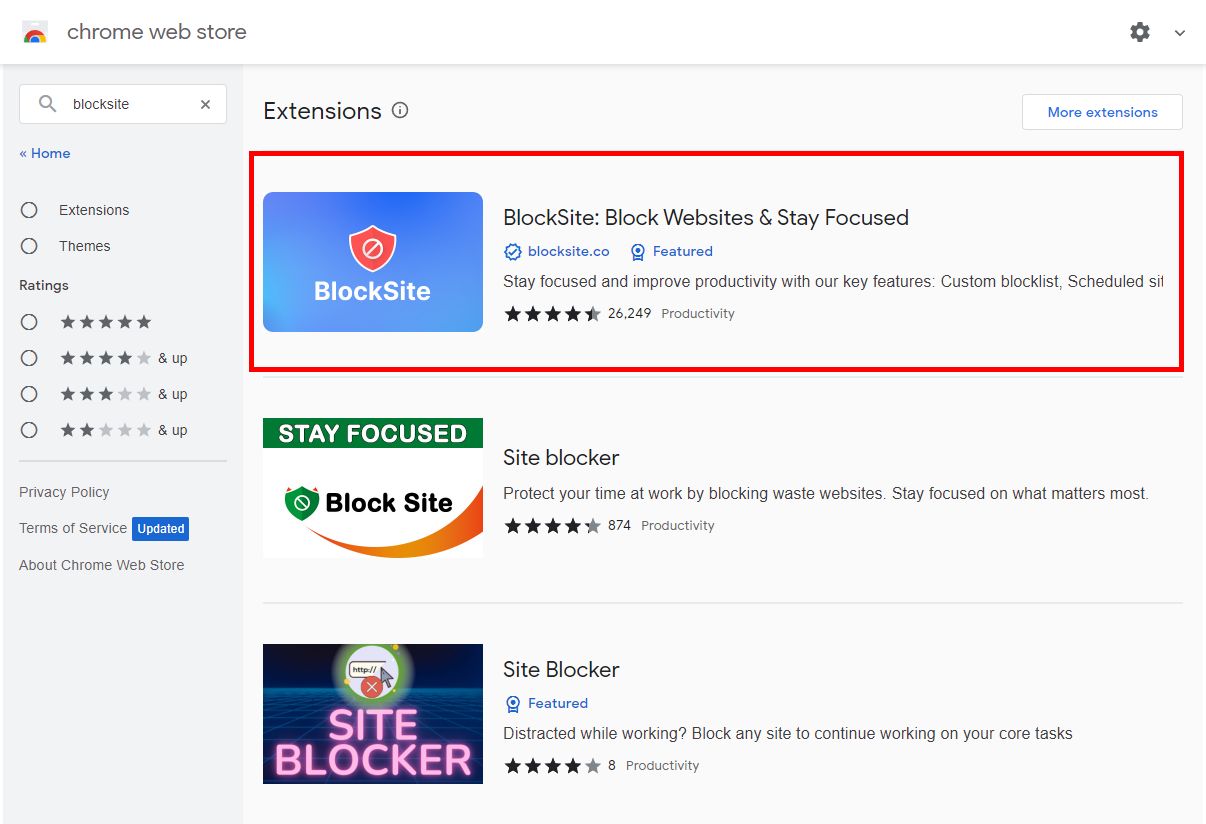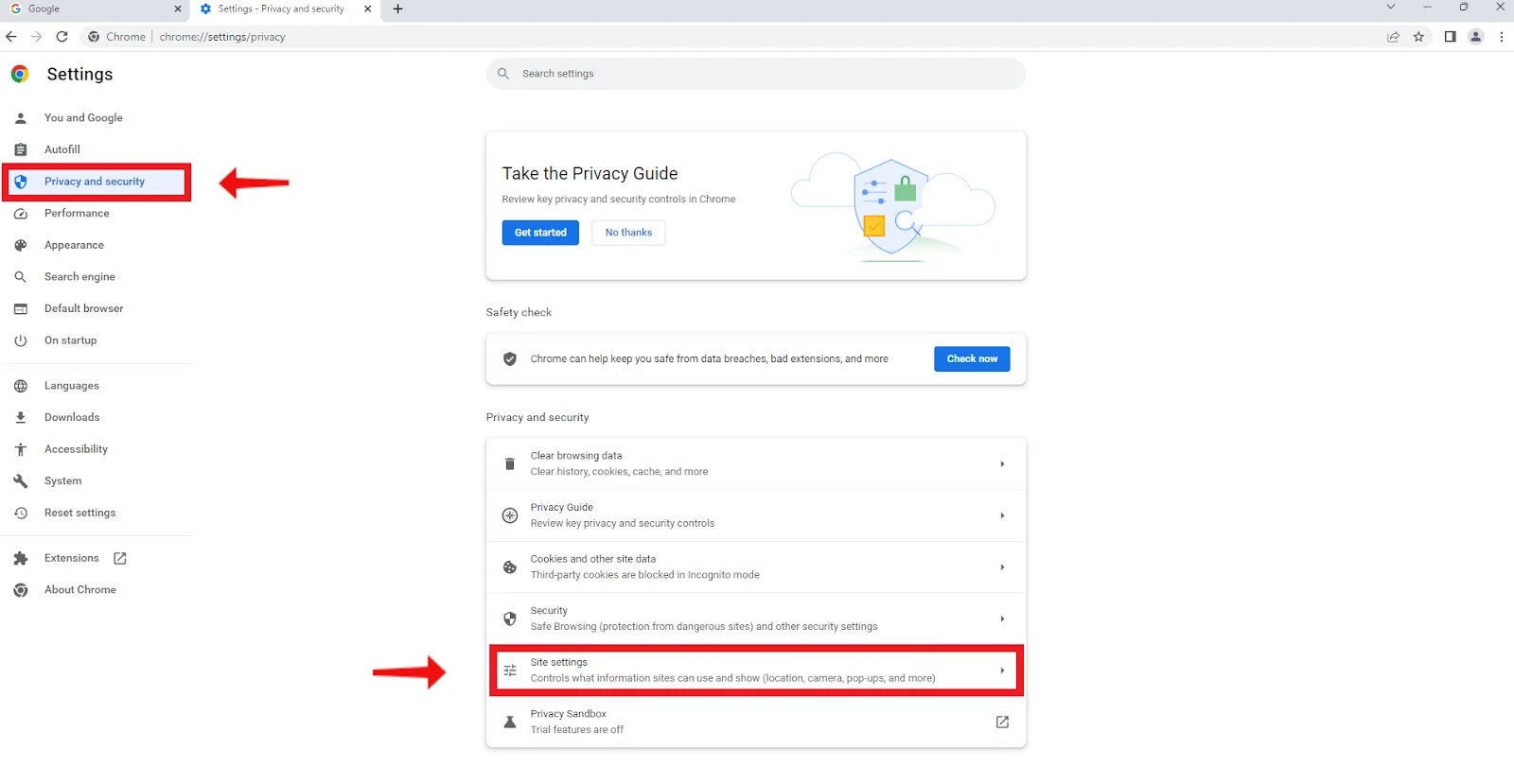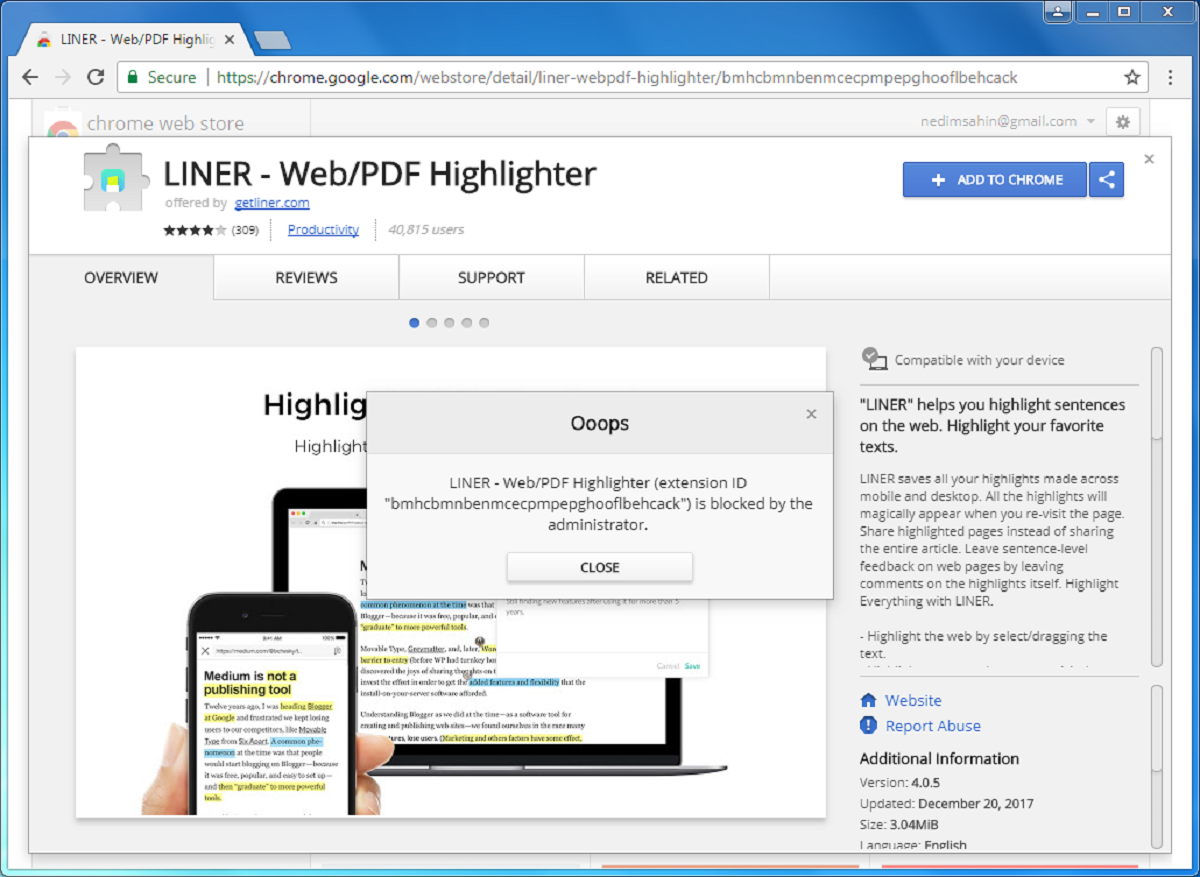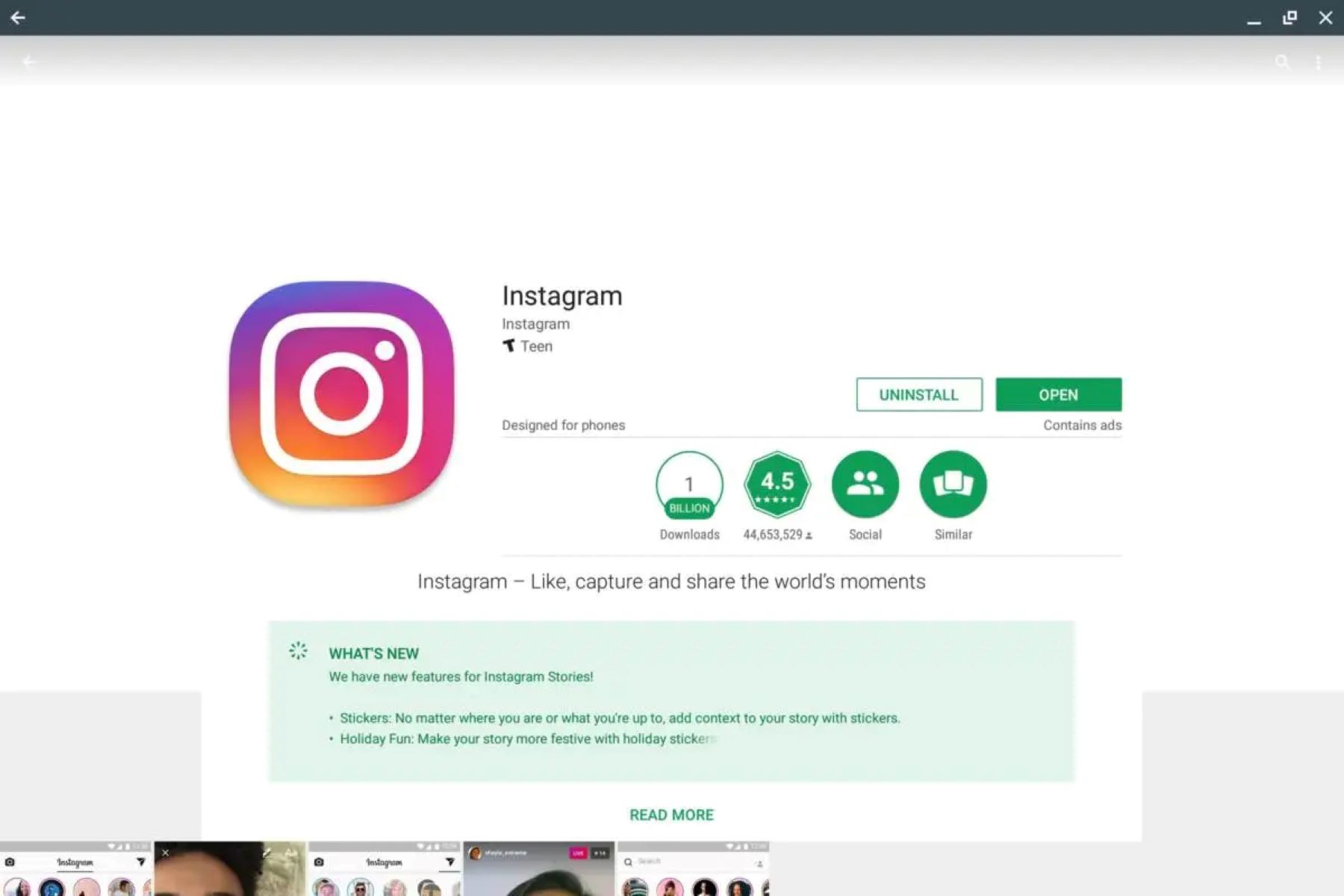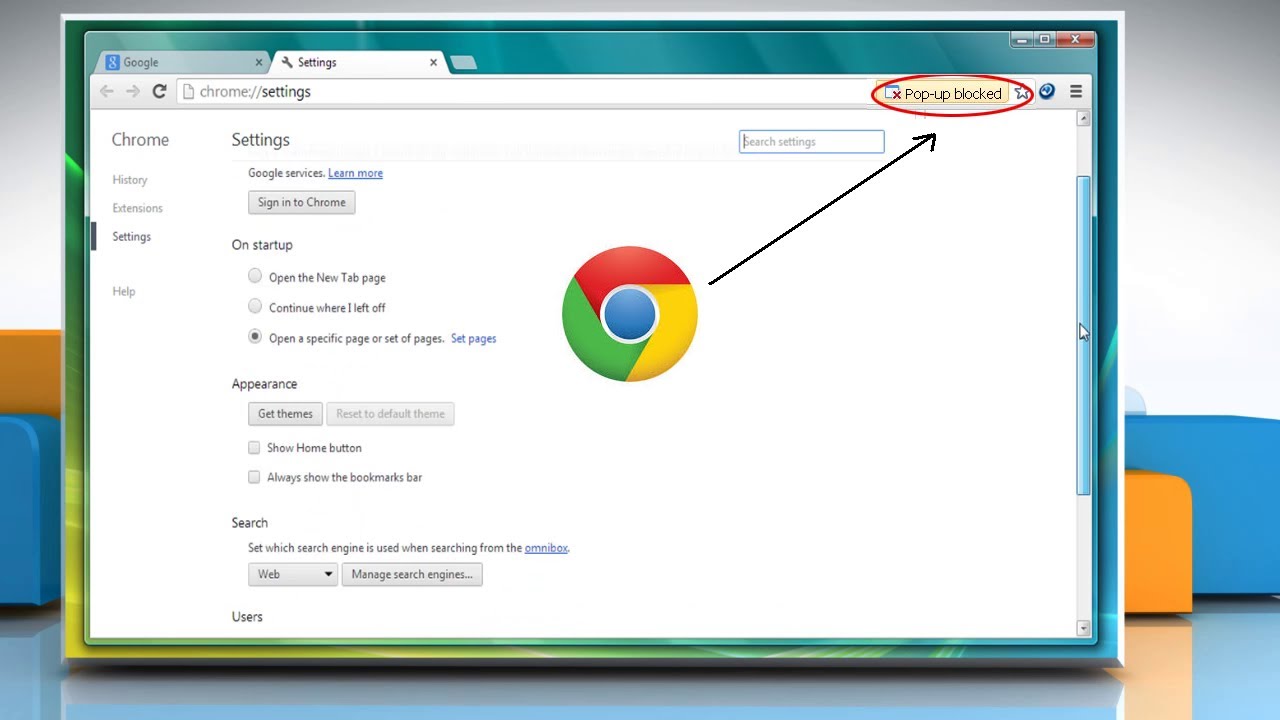Introduction
Chrome extensions are powerful tools that enhance the functionality and user experience of the Chrome browser. They offer a wide range of features, from productivity-boosting tools to entertainment add-ons, catering to diverse user needs. However, there are instances where these extensions may be blocked by the administrator, limiting users' ability to leverage their full potential.
Understanding the reasons behind this restriction and learning how to unblock Chrome extensions from the administrator can significantly enhance your browsing experience. Whether you're a student looking to access educational resources, a professional seeking productivity tools, or an individual interested in personalizing your browsing experience, unblocking Chrome extensions can unlock a world of possibilities.
In this article, we will delve into the intricacies of Chrome extension blocking and provide a comprehensive guide on how to overcome these restrictions. By following the steps outlined in this guide, you can regain access to your favorite extensions and harness the full capabilities of the Chrome browser.
Let's embark on this journey to unravel the mysteries of Chrome extension blocking and empower ourselves with the knowledge to reclaim control over our browsing experience.
Understanding Chrome Extension Blocking
Chrome extension blocking occurs when an administrator imposes restrictions on the installation and usage of specific extensions within the Chrome browser. This restriction is commonly implemented in organizational settings, such as workplaces and educational institutions, to maintain network security, enforce compliance policies, and prevent the misuse of resources.
Reasons for Blocking
The decision to block Chrome extensions is often driven by security concerns and the need to uphold organizational policies. Administrators may restrict certain extensions to mitigate potential security risks, such as malware or data breaches. By controlling the installation of extensions, administrators can safeguard the network infrastructure and protect sensitive data from unauthorized access or exploitation.
Furthermore, in environments where regulatory compliance is paramount, such as in industries dealing with sensitive information or financial data, blocking certain extensions helps ensure adherence to industry standards and data protection regulations. This proactive measure minimizes the risk of non-compliance and safeguards the organization's reputation and integrity.
Impact on Users
For end-users, the blocking of Chrome extensions can pose significant limitations on their browsing experience and productivity. Individuals may find themselves unable to access essential tools and features that streamline their workflow, enhance communication, or provide personalized browsing enhancements. This can impede their ability to work efficiently, collaborate effectively, or customize their browsing environment to suit their preferences and needs.
Moreover, in educational settings, students may encounter obstacles in accessing educational resources or utilizing study aids that are facilitated through Chrome extensions. This restriction can hinder their learning experience and limit their ability to leverage technology for educational enrichment.
Balancing Security and User Empowerment
While the rationale behind extension blocking is rooted in security and policy enforcement, it is essential to strike a balance between safeguarding the network and empowering users with the tools they need to maximize their productivity and creativity. Organizations can achieve this equilibrium by implementing robust security measures, conducting regular risk assessments, and fostering a culture of responsible technology usage, all while providing avenues for users to request the evaluation and potential unblocking of specific extensions that align with their legitimate needs.
By understanding the motivations behind Chrome extension blocking and its impact on users, individuals can appreciate the necessity of such measures while seeking avenues to address their requirements within the framework of organizational policies and security protocols. This understanding sets the stage for exploring the steps to unblock Chrome extensions from the administrator, a process that can restore users' access to valuable tools and features while upholding the overarching principles of network security and compliance.
Steps to Unblock Chrome Extensions from Administrator
Unblocking Chrome extensions from an administrator involves a series of strategic steps that empower users to regain access to their preferred extensions while adhering to organizational policies and security protocols. By following these steps, individuals can navigate the unblocking process effectively and potentially gain approval for the usage of specific extensions that align with their legitimate needs.
-
Identify the Blocked Extension: The first step is to identify the specific Chrome extension that has been blocked by the administrator. Users can ascertain the status of their extensions by accessing the Chrome browser's extension management interface. This allows them to view a list of installed extensions and identify any that are labeled as blocked or disabled due to administrative restrictions.
-
Understand Organizational Policies: It is crucial to familiarize oneself with the organizational policies and guidelines pertaining to the usage of Chrome extensions. By gaining insights into the rationale behind extension blocking and the parameters set forth by the organization, users can approach the unblocking process with a clear understanding of the compliance requirements and security considerations.
-
Engage with the Administrator: Users can initiate a dialogue with the designated administrator or IT support personnel to express their legitimate need for the blocked extension. This communication should be framed within the context of how the extension contributes to productivity, workflow efficiency, or specific tasks that align with the user's role and responsibilities.
-
Present a Justification: When engaging with the administrator, it is essential to articulate a compelling justification for unblocking the specific extension. This may involve highlighting the extension's relevance to work-related tasks, collaboration efforts, or the enhancement of browsing experience without compromising security or policy adherence.
-
Request Evaluation and Approval: Users can formally request the administrator to evaluate the extension and consider granting approval for its unblocking. This request should be accompanied by a well-structured proposal that outlines the benefits of unblocking the extension, addresses any security concerns, and aligns with the organization's overarching objectives.
-
Explore Alternative Solutions: In cases where the administrator maintains the restriction on a particular extension, users can explore alternative solutions or similar extensions that are approved for use within the organizational framework. This proactive approach demonstrates adaptability and a willingness to comply with the established policies while seeking viable alternatives to fulfill specific needs.
-
Follow Up and Collaboration: Following the initial request, users should maintain open communication with the administrator and collaborate on finding mutually beneficial solutions. This collaborative approach fosters a constructive dialogue, allowing for the exploration of compromises or adjustments that address both the user's requirements and the organization's security and compliance considerations.
By navigating these steps with diligence, respect for organizational policies, and a proactive mindset, users can effectively pursue the unblocking of Chrome extensions from the administrator. This process not only empowers individuals to access valuable tools and features but also fosters a culture of responsible technology usage and collaboration within the organizational ecosystem.
Conclusion
In conclusion, the blocking of Chrome extensions by administrators serves as a crucial mechanism for upholding network security, ensuring compliance with organizational policies, and mitigating potential risks associated with unauthorized software installations. However, this measure can inadvertently limit users' access to valuable tools and features that contribute to their productivity, creativity, and personalized browsing experience.
By understanding the motivations behind extension blocking and the impact it has on users, individuals can approach the process of unblocking Chrome extensions from the administrator with a balanced perspective. The steps outlined in this guide provide a strategic framework for users to navigate the unblocking process effectively while respecting organizational policies and engaging in constructive dialogue with administrators.
It is essential for users to recognize the importance of aligning their requests for unblocking extensions with legitimate needs that contribute to their roles and responsibilities within the organizational context. By presenting well-structured justifications and engaging in collaborative discussions with administrators, individuals can demonstrate a proactive approach to addressing their requirements while respecting the overarching principles of network security and compliance.
Furthermore, the unblocking of Chrome extensions from the administrator underscores the significance of fostering open communication, mutual understanding, and a shared commitment to responsible technology usage within organizational environments. This collaborative approach not only facilitates the potential unblocking of specific extensions but also cultivates a culture of adaptability, innovation, and user empowerment within the organizational ecosystem.
As users navigate the process of unblocking Chrome extensions, it is imperative to maintain a constructive mindset, explore alternative solutions where necessary, and uphold a spirit of collaboration with administrators. By doing so, individuals can contribute to a harmonious balance between security measures and user empowerment, ultimately enhancing the browsing experience and productivity within organizational settings.
In essence, the unblocking of Chrome extensions from the administrator represents a harmonious convergence of security considerations and user-centric empowerment, fostering an environment where individuals can leverage technology to its fullest potential while upholding the integrity and security of the organizational network.









